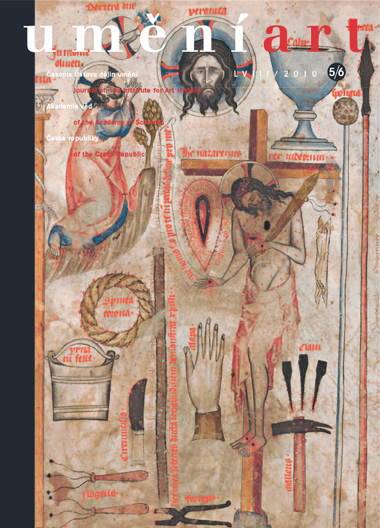Lada Hubatová-Vacková
The Silent Revolutions in Ornament (1880-1920)
In the years 1880-1920, unusual attention was focused on applied drawing and the composition of ornament in art education. Attempts to reform the applied arts, which from the mid 19-th century on were of fundamental importance in Europe as well as in North America, concentrated primarily on the nature of decorative drawing. At that time, ornament was an essential element in all areas of the applied arts and architecture. In addition to these spheres, the article also considers ornamental practices and theories. The latter do not have to be seen in pointed contrast to modernism, which vehemently rejected decorativism. On the contrary, they can be interpreted as the intelligible background and precondition for an understanding of the minimalist visual syntax of modernist approaches, which focused on the elementarism of universal forms and structural principles. Likewise, they can be interpreted as the background and precondition for an understanding of the origin of abstract expressionism and a number of innovations in the field of avant-garde, non-imitative art. This particular perspective casts doubt on the predominant modernist stereotype, according to which ornament is a worthless 'padding of the void'. On the contrary, it reveals, in specific thematic areas, the appeal of the 'silent revolutions in ornament'. Looking at concrete examples from the history of decorative drawing in the years 1880-1920, these thematic sections trace the germination of the elementarism of modern design, which canonised linear concision, the abstract schematisation of the visible world and the search for the ideal 'essence of phenomena'. The article also treats 'free' ornamental drawing, which made use of memory images and was conceptually close to autonomous artistic abstraction.
Full-text in the Digital Library of the Czech Academy of Sciences:
https://kramerius.lib.cas.cz/uuid/uuid:78026d41-a6e5-c72f-c744-f69b53b3e614
< back

